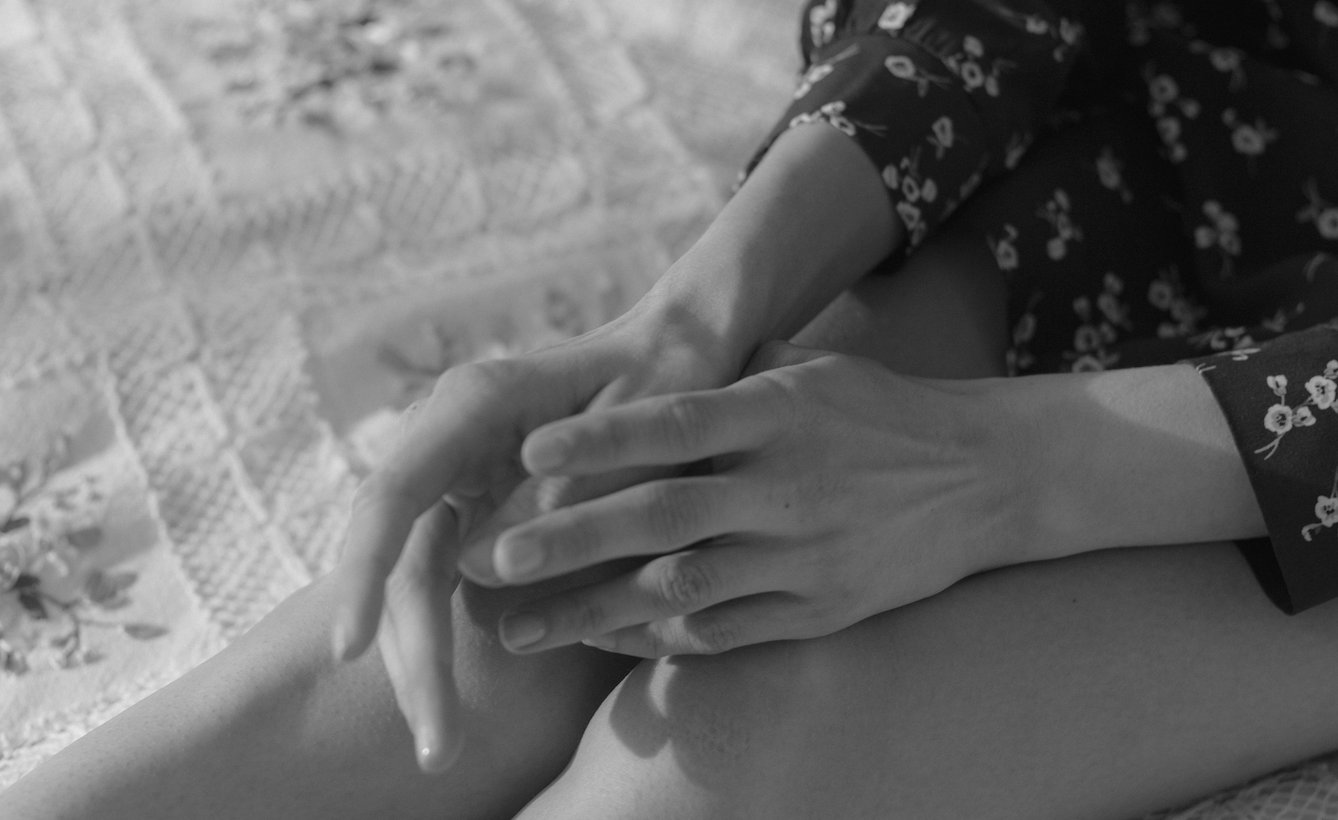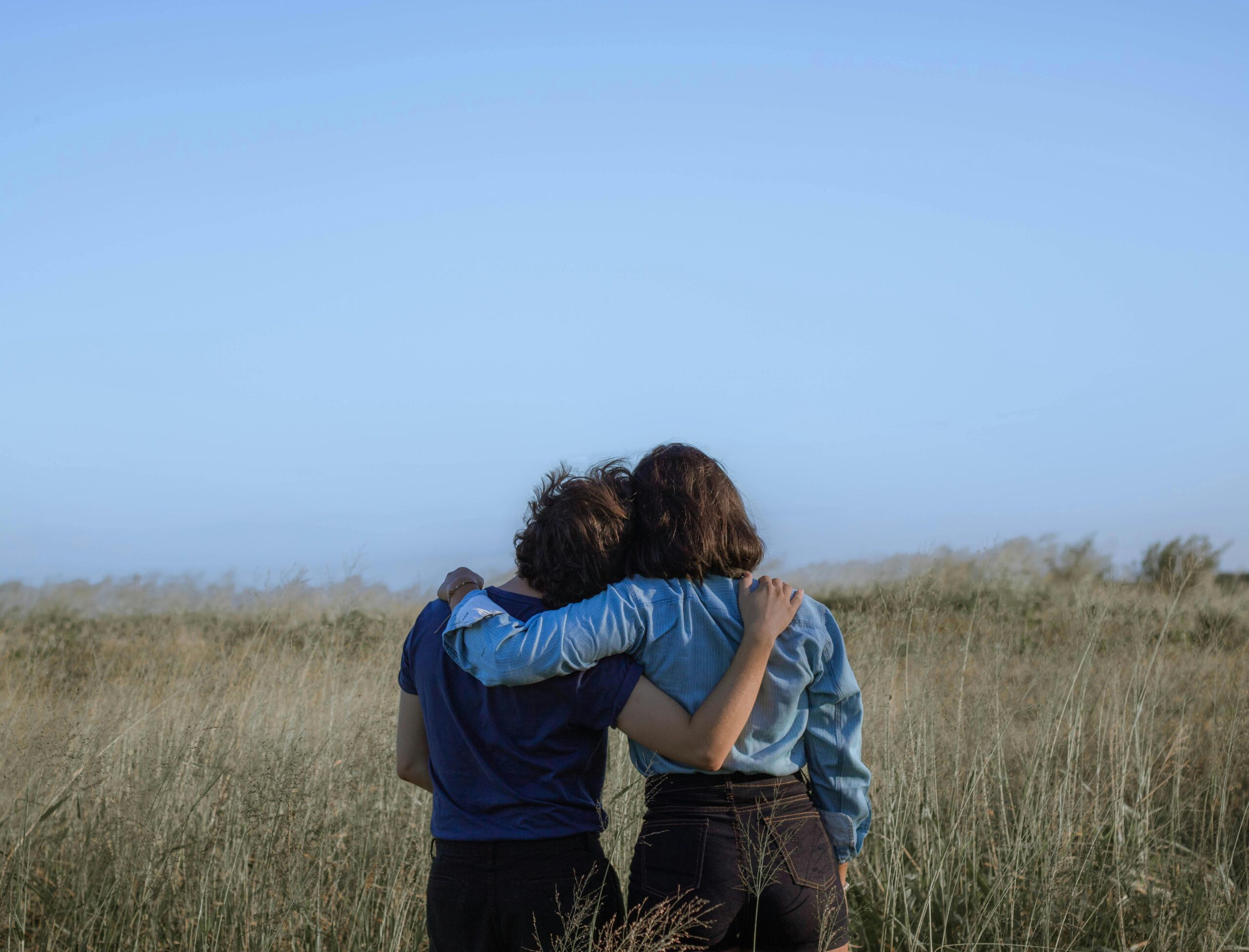
By Ash Stevens
The issue of mass incarceration in the US is well documented and is being talked about a lot more in political and social justice discussions. By now, many people know that America holds the largest prison population in the world, and that the majority of the demographic are black males. But the US also has the highest female prison population in the world, and it is growing. The unique needs and issues of women being punished by the justice system are as unjust as ‘Orange Is The New Black’ makes them out to be. In many ways, they’re even worse.
Pregnancy
The idea behind shackling prisoners during hospital visits is to ensure that prisoners don’t fake illness or injuries to escape. However, pregnancy and childbirth is not something which can be faked, and no laboring woman has ever escaped from a hospital. Actually, the American Center of Obstetricians and Gynecologists speaks against shackling a woman at any point in pregnancy because of the potential danger and health threats it poses upon both mom and baby. Yet, women are chained up for transportation, cuffed to their hospital beds during labor, and even remain shackled during birth.
This act does not come with a doctor’s approval. Labor is already an uncomfortable process, and leg and waist restraints make the painful contractions of labor even more intense. However, pain is the least of the worries for pregnant women and their doctors. Shackling puts more pain, anxiety, and stress on mom — and more stress on mom means more stress on baby.
Moreover, shackling forbids laboring mothers of the movement and changes in birth positions which help baby to descend and twist through the pelvis. There are numerous cases of doctors testifying that they had to argue for their patients needs. In one instance, an emergency c-section had to be put off by a crucial thirty minutes because the correctional guard was out on lunch with shackle keys in tow.

Women who are able to birth without shackles are chained back up immediately following birth, even though they’re covered in blood, experiencing painful post-birth contractions, and attempting to hold, nurse, and bond with their newborn baby.
Prisoner treatment was designed with men in mind. Women face very different situations, and the typical treatment of modern prisoners is not conducive to a woman’s unique health situations. Prisons are not meeting up to this standard when women need it most, and they continue to fail to do so. In 2015 and 2016, The National Association of Women Judges personally examined the conditions and situations faced by pregnant women in New York’s Metropolitan Detention Center. Food quality, healthcare access, response to sincere medical issues, and access to sunlight and outdoors were determined to be at such a level, but they didn’t even meet the United Nations bare minimum standards of treatment for prisoners. Two years later, they finally moved the MDC to another building.
Mothering
With the high cost of prison phone calls, maintaining regular phone contact can cost tens of thousands of dollars. Because of this, Federal Communications Commission chairwoman Mignon Clyburn estimates that only 38 percent of prison mothers can keep contact with their children. Factor in that 80 percent of imprisoned women have dependent children — with the majority of these mothers being single parents — and the punishment of incarceration reaches powerful and painful heights.
But prisoners need to be punished, right? Regardless of whether they’re mothers. Well, if you’re trying to protect the public from present and future threats, the answer here is probably no. Studies show that incarceration of low-level offenders is ineffective, costly, and can actually promote criminal behavior. This issue deserves the attention of government and the general public regardless of gender, but it’s even more relevant because of the potential consequences faced by imprisoned mothers and their children.

New Zealand has a program for mother inmates and their babies which enforces successful rehabilitation by promoting personal accountability, healthy daily routines, education, and even requires mothers to pay to participate. Society thinks that criminals deserve and even need to be punished, but the real incentive behind prison is to protect the public from threatening individuals.
A program that promotes a healthier more functional mom and a healthier mother-child relationship can help keep mom from coming back to jail, and reduce her child’s risks of becoming an offender. According to Deborah Jiang-Stein — founder of the unPrison Project and a “prison baby” herself — seventy percent of U.S. inmates will be back in prison for a second time. However, the risk of recidivism for mothers in special prison nurseries have only a three percent chance of returning. If we want a safer community and a lower incarceration budget, then it’s time state and federal government re-evaluated the draconian practices from times past.
Abuse
According to a 2016 article by The Guardian, women filed two-thirds of the nation’s reports claiming sexual victimization by staff. No shocker given that women are subjected to sexualization and objectification, I know, but women only makeup thirteen percent of the national inmate population. Women barely account for an eighth of the inmate population, but they’re behind more than half of America’s staff-on-inmate sexual victimization claims. How is it that the small percentage of incarcerated women could be reporting so many sexual offenses by staff? Surely, jails and prisons don’t condone such behavior and they take steps to avoid such abuse. Right? Wrong.

Granted, every facility is different and there are some that are far more progressive than others, but that doesn’t change the fact that staff are in a position of power and authority. Lawsuits against Florida’s Lowell Correctional Institution share prisoner testimonies of torment, abuse, and sexual manipulation. With basics like toilet paper and menstrual products being controlled by guards, women report that they chose to give sexual “favors” in exchange for basic needs, or use sex to get “special privileges” through guards like cigarettes and fast food burgers.
There are also reports of non-consensual sexual victimization and harassment, however these can be harder to substantiate. Prisoners from facilities like Lowell report that guards will punish reports with confinement. Proving sexual victimization, abuse, or rape is not easy when you’re a prisoner going against a guard. Even when a report has the evidence to substantiate it, women prisoners have another hurdle in the system itself.
Evidence in the lawsuit against Lowell show that guards who were reported for sexual offenses weren’t fired, but merely transferred to a different correctional facility. When major reforms were made by initiatives implemented by temporary staff and correctional guards were fired, many of these guards got their jobs back after the temporary staff had moved to another project. As sworn law enforcement officers, correctional guards have rights. In the case of many facilities and female victims, this has turned into a right to use and abuse.
Healthcare
Prisons have turned healthcare over to private for-profit companies like Corizon, Wexford, CoreCivic, and GEO Group. This move sounds like a good idea considering the low budgets, lacking medical education, and poor compassion from the prison staff handling management and administration. However, this is not the case. These private companies win their contracts by making bids. Naturally, the lowest bid wins the contract.

So, just like with in-prison healthcare systems, these for-profit companies have a budget to work with. Except the more they minimize expenses, the more they’ll maximize profits. And nothing boosts profits more than delaying or flat-out denying care. Being denied routine exams or bi-annual PAPs may be no big deal, but prisons feature a concentrated population of people with the disease and high health risks of poverty, alcohol abuse, drug use, breast cancer risks, and poor access to medical care and health education.
The rate of chronic disease and severe health conditions is extremely high in the prison population, with prisoners facing future or existing issues like sexually transmitted infections, hepatitis, HIV, tuberculosis, hypo-tension, cancer, heart disease, and other illnesses which can (and have) turned fatal from lack of treatment. Jails and prisons may be short on staff and medical budgets, but today’s medical world is able to provide simple cost-effective screenings and basic education through Telemedicine. There’s no excuse for this easy and crucial care.
Healthcare is especially relevant to women because of their unique healthcare issues. Surveys show that health issues are especially important for incarcerated women. According to a survey by the Bureau of Justice Statistics, over half of female inmates reported having a medical problem. Half of these women said they were dealing with two or more health problems. Of the female inmates who were pregnant, 54 percent said they had received “some type of pregnancy care.” These numbers are shocking, but what’s even more startling is that these figures come from an outdated survey back from 2004. With the way the female inmate population has grown and state and federal budgets have suffered, the needs and care of female inmates may be even worse.

Debbie Daley, an inmate at Fluvanna Correctional Center, died from rectal cancer. Twenty-six year old Yvonne McBride died of bronchopneumonia from Swine Flu. Healthcare isn’t any better for males, as evidenced by the horrific stories of Manfred Dehe and Ferdinand Dix of Arizona State Prison. It’s been explicitly proven that preventative care and screenings saves lives and money, yet America’s jail and prison systems refuse to initiate such crucial health services. Which makes you wonder who’s sicker? America’s prisoners, or its correctional systems?
Poor Male-Based Punishment And Rehabilitation
The Vera Institute of Justice teamed up with the John D. and Catherine T. MacArthur Foundation to explore the issues of imprisoned women. According to their 2014 report — Overlooked: Women And Jails In An Era Of Reform — the population of women in jail has grown by 14 times. The greatest growths have happened in small counties, with female jail rates nearly doubling.
The offenses? Data from ten years ago says that only one third of women were charged with violent offenses. The majority of women in jail are charged with “low-level offenses” like failure to appear in court or pay fines, property charges (ie. shoplifting and check forgery), or parole/probation violations like failing a drug tests or missing an appointment with their assigned probation officer.
The report by the Vera Institute of Justice shares that only 40 percent of incarcerated women had full-time employment at the time of their arrest, with thirty percent of women receiving public assistance. Moreover, over half report having a medical condition, and two-thirds of jailed women are dealing with a chronic condition. All of these stats differ dramatically from the numbers seen in the male population. The greatest and most shocking differences lie in the realm of mental health.

The Vera Institute reveals that around 75 percent of women reported symptoms of mental health disorder, with almost a third experiencing symptoms of Post Traumatic Stress Disorder. Mental health issues are abundant in the prison population despite gender, but the rates of violence and the types of abuse faced by females always exceeds that experienced by males.
The report finds that 60 percent of women report abuse from a parent or caregiver. That’s not surprising as unhealthy role models and dysfunctional families jack up jail risks regardless of being male or female. However, unlike males, 86 percent of incarcerated women report being victims of sexual violence. Another 77 percent say they have experienced domestic violence. The mental, emotional, and physical trauma women face undoubtedly is a key factor in women walking their criminal path.
Factor in women who have children to take care of with limited resources and income, and the desperation and mental health problems soar to new depths. The issues and scenarios faced by incarcerated women absolutely are NOT the same situations faced by incarcerated men. Yet they’re flowing through a punishment system which was designed especially for males.


Ash Stevens is a writer who doubles as a wannabe nutritionist, philosopher, psychologist, and shaman. When she isn’t writing her soul out on the web, she’s listening to the great minds (or great comedians) on YouTube, soaking up sunshine, dancing in her living room, or having yet another fascinating conversation with herself (she gives excellent advice, you know). Check out her blog, or find her on Twitter or Facebook.
















